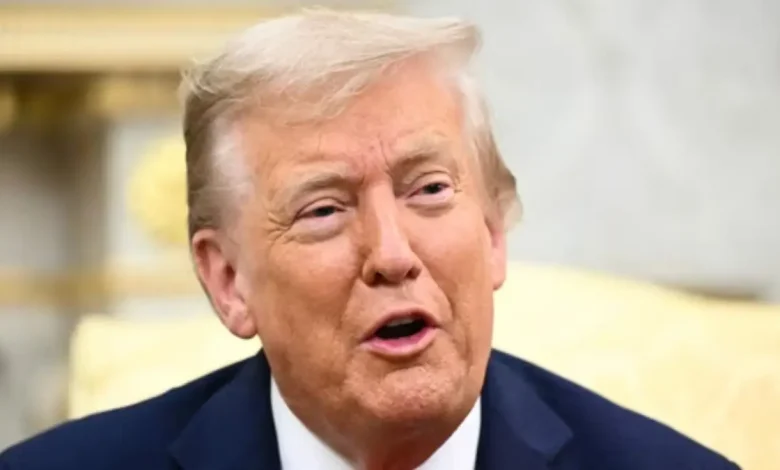India’s US-bound Exports Face Steep Tariffs: What’s Exempt, What’s Hit, and Where The Damage Could Fall Hardest

The new tariffs imposed by Donald Trump on Indian goods officially kicked in today, with the U.S. ramping up duties by 50 percent on items entering the American market or pulled from warehouses for sale, as a direct response to India’s ongoing purchases of Russian oil and military hardware.
While several industries face exemptions from these heightened tariffs on imports from India, a report from the Global Trade Research Initiative highlights that about 30.6 percent of the country’s exports to the U.S. will continue to flow in duty-free.
Impact of Trump’s Tariffs on India
Analysts project that India’s overall goods exports to the U.S. could plunge by 40 to 45 percent this year from last year’s levels. According to the Global Trade Research Initiative (GTRI), if the tariffs persist, these shipments might shrink from $87 billion in the 2024-2025 fiscal year to $49.6 billion in the current one.
That said, categories like pharmaceuticals, electronics, and petroleum products are spared from the duties, with the think tank estimating that such exempt items could total $27.6 billion in FY25. Meanwhile, roughly 4 percent of exports, primarily auto components, will see a 25 percent tariff applied.
Nations including Vietnam, Bangladesh, Cambodia, China, and Pakistan stand to gain an edge from the tariffs on Indian goods, thanks to their newfound pricing advantages. The U.S. represents about 20 percent of India’s total merchandise exports.
As reported by The Indian Express, the most vulnerable sectors include textiles and clothing, gems and jewelry, shrimp, machinery and mechanical equipment, certain metals like steel, aluminum, and copper, organic chemicals, farm and processed food items, leather and footwear, handicrafts, furniture, and carpets.
The home textiles and carpet segments are poised for severe damage, given their heavy reliance on overseas sales accounting for 70-75 percent of home textiles revenue and 65-70 percent for carpets with the U.S. absorbing 60 percent and 50 percent of those exports, respectively.
“While 30% of (India’s US) exports will remain duty-free and 4% will face a 25% tariff, the bulk 66% covering apparel, textiles, gems & jewellery, shrimp, carpets, and furniture will be hit with a 50% tariff, rendering them uncompetitive,” GTRI stated.
Shipments to the U.S. might drop by 43 percent overall, potentially leading to the loss of hundreds of thousands of jobs.
The Gem and Jewellery Export Promotion Council (GJEPC) warned that the U.S. tariffs could throw supply chains into disarray and halt shipments, noting that the American market is the industry’s top destination, with annual exports reaching $10 billion.




